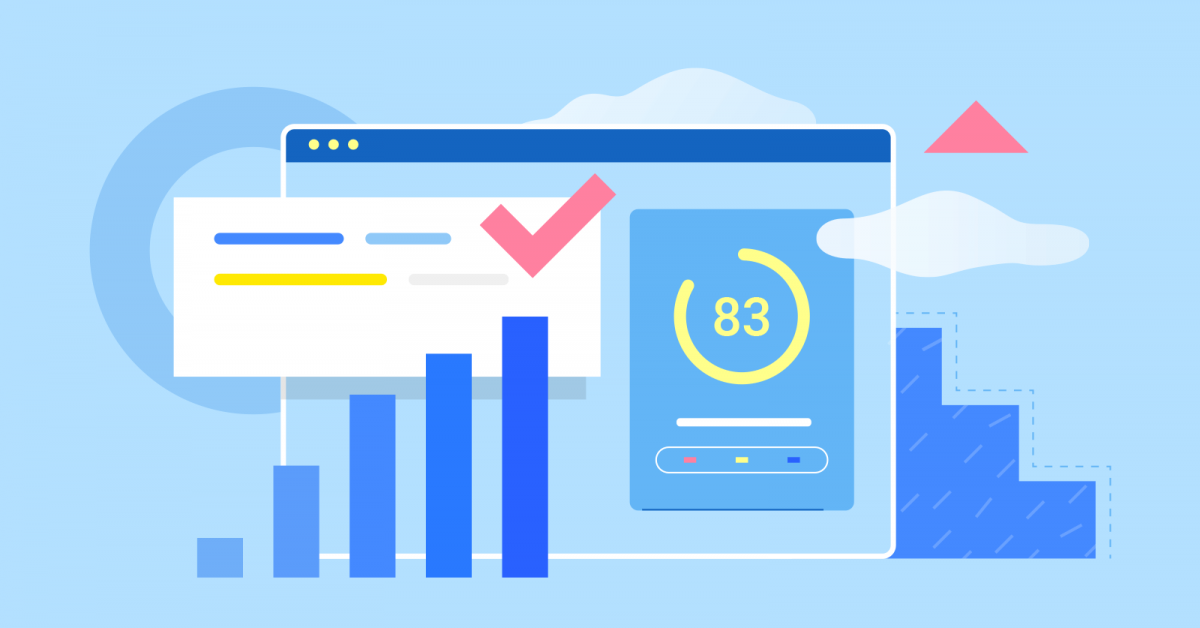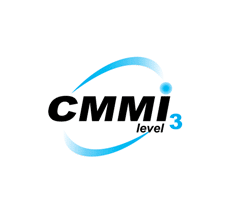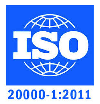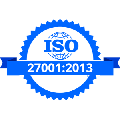If your e-commerce website isn’t doing as well as you’d like, you could leave thousands or even millions of dollars on the table every year. Whether you’re an Amazon merchant or selling direct to consumers, the best way to ensure that your sales are profitable is to implement some of these e-commerce homepage SEO tips and tricks. It’s not easy, but it can make all the difference. It can even mean the difference between going out of business or growing your business by 100% over the next 12 months. You should check it out!
Top SEO Tips For E-commerce Homepages
1. Google Considers Many Elements on eCommerce Homepages.
Google considers many factors in eCommerce search engine ranking, so you must keep home page SEO in mind. The homepage of an online shop is typically the first thing people will see when they visit your site, so you must create an attractive landing page with high-quality content. Ensure the design matches your brand’s style while conveying trustworthiness and professionalism. A lot of different elements are considered by Google when determining rankings, including
- Text on the homepage should be concise, relevant, and easily readable.
- There should be at most five sentences per paragraph.
- Content needs to link back to your product pages where possible so users can learn more about each one without leaving the homepage.
- The navigation bar should provide easy access to all sections of your website, but don’t make it too crowded or cluttered.
2. The eCommerce Homepage Title Tag Is Crucial.
The first thing search engine crawlers see when they visit your website is the title tag on the homepage. This can make or break your ranking in SERPs. The title tag should be written to reflect what your site is about and contain keywords, which will help them show up more prominently on Google results pages.
When you ignore this vital aspect of homepage SEO, you’re losing potential customers looking for a specific product and not finding it on your website. That’s bad news because it means you’re wasting their time – plus, they might never come back to your site. The good news is there are some things you can do to optimize your home page for SEO. One option would be to include targeted keyword phrases as H1 tags throughout the text on your homepage. Doing this can also increase traffic by getting your content noticed.
For example, if you have vegan-friendly products, then use vegan-friendly as one of the H1 tags and also use shop vegan-friendly in an appropriate place within the text to attract users who are interested in a vegan diet but don’t know where to find products.
3. The eCommerce Meta Description Matters
The next essential thing consumers will see when they look up your website on Google is the homepage’s meta description. This is where you can showcase your eCommerce brand and entice customers to click through to your site. To do this, you must develop a strong message that resonates with current and potential customers. But remember that not all search queries are created equal, so it’s essential to ensure that your chosen keywords are prominently displayed within the text of this summary.
Make sure to use it in relevant places throughout the Meta Description. As well as being seen as an authoritative voice in your industry, having prominent keywords and phrases in your Meta Description can help you rank higher in search engine results pages (SERPs).
4. eCommerce Image Alt Tags Are Important
The homepage is one of the most essential pieces in an e-commerce site. It sets the tone for your website and can often be what entices visitors to become customers. This is why it’s vital to enhance homepage SEO for e-commerce sites because if you don’t, you’re missing out on potential revenue and customer satisfaction.
For example, you need to include that will attract more visitors than just plain text or images alone. so you are targeting potential customers with specific search terms. Images should also have appropriate ALT tags that go hand-in-hand with keyword phrases already included on the page and product descriptions (don’t forget your keywords!). These details are necessary for visitors to find what they want and might leave before giving your products or services a try.
5. eCommerce Sites Need to Be Mobile Friendly
With the rise in mobile technology, eCommerce sites must be as easy to use on phones and tablets as on computers. If your site is not optimized for mobile devices, you may find that traffic and sales decline. The best way to ensure your site is mobile-friendly is to test it out on a phone or tablet before launching it. You can also use free tools like Google PageSpeed Insights to see what needs work. In most cases, you only need a little tweaking with CSS or HTML coding. Consider hiring an expert to take care of this detail so that you can focus on other aspects of your business.
6. The eCommerce Site Loading Speed Affects Rankings.
A study by Google found that websites with load times of more than 3 seconds had an average ranking drop of 7%. In this study, the loading time was defined as the time it takes for the page to display after users click on it entirely. This also translates to higher bounce rates and low conversion rates. If you want your eCommerce site to rank well, you need to ensure that your homepage loads quickly; otherwise, Google will penalize your rankings.
To speed up your website’s load time, first, identify which pages are causing slowdowns. For example, if you notice a delay when visitors scroll through their catalogs or search results pages, consider optimizing those pages instead of fixing the entire site. Thus, from now on, before you do anything else to optimize your site, make sure that your homepage is optimized.
You can also use tools like Web Page Test and GTmetrix to check how fast your pages load in different browsers. These tests will let you know what tweaks need to be made to meet the benchmark criteria set by Google (which is 2 seconds). The good news is that these tweaks don’t take much time or effort at all.
Conclusion
For an eCommerce site to be successful, it needs to generate traffic and conversions. The homepage is the most crucial page on the site in driving traffic, so it’s vital to enhance homepage search engine optimization (SEO) for e-commerce sites.
To succeed in today’s competitive marketplace, you must use proven techniques to help you rank higher on Google and drive qualified visitors to your site. These techniques include keyword research, content marketing, social media marketing, conversion rate optimization, and more! So, consider boosting the SEO for your homepage by implementing one or all of these above-discussed tactics or hiring an SEO company for better guidance.









